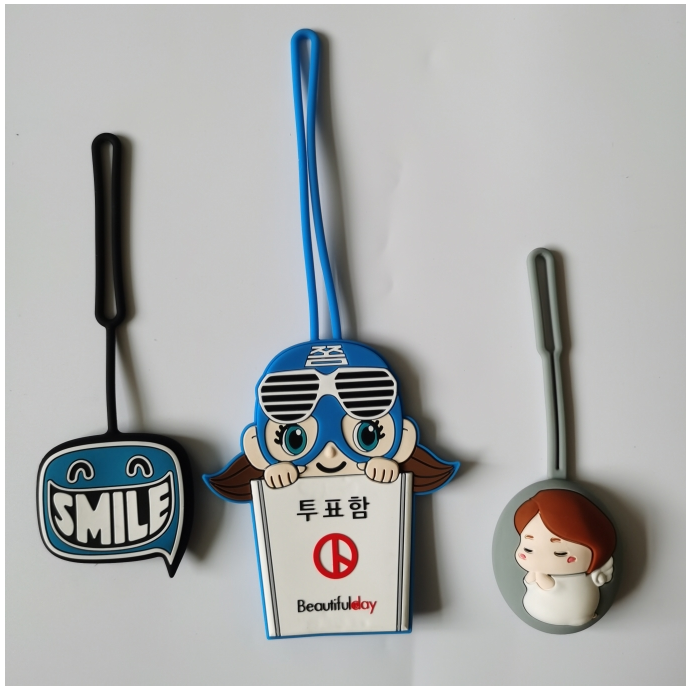Solid silicone and liquid silicone are two different forms of silicone, a versatile polymer material commonly used in various applications due to its unique properties.
1. Solid Silicone (Silicone Rubber):
- Form: Solid silicone is a cured, rigid or flexible material, depending on the formulation. It exists in a solid state after being mixed, poured, and allowed to set through a chemical cross-linking process.
- Texture: It has a firm, rubber-like consistency, which can range from soft to hard, depending on the Shore hardness scale.
- Usage: Commonly used for items like kitchen utensils, gaskets, phone cases, toys, prosthetics, and even breast implants. It's durable and resistant to heat, chemicals, and aging.
- Processing: Once formed, it doesn't require further molding or pouring, as it maintains its shape.
2. Liquid Silicone:
- Form: Liquid silicone is a viscous, silicone-based material that remains in a fluid state until it is cured. It is usually a two-part system, consisting of a base and a curing agent.
- Texture: It flows easily when applied and has a more malleable nature compared to solid silicone.
- Usage: Ideal for mold making, 3D printing, and for creating flexible parts that need to conform to complex shapes. It's also used in silicone caulk, baby pacifiers, and medical devices.
- Processing: To create a final product, the two parts must be mixed, poured into a mold, and left to cure at room temperature or with heat, depending on the product requirements.
In summary, the main difference between solid and liquid silicone lies in their state, texture, and application methods. Solid silicone is more suitable for finished products that require rigidity or specific shapes, while liquid silicone is more versatile for casting, molding, and creating flexible components.




